Flavor characteristics and taste of Limpopo coffee beans in Mulanka, Muranga, Kenya
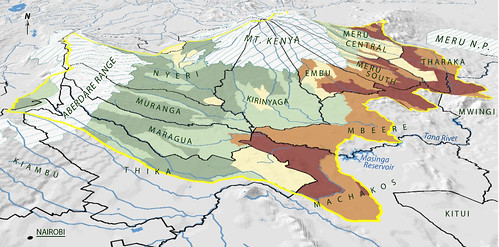
Mulanka production area Muranga
Located in Mount Mount Kenya of Kenya, the Mulanka Muranga producing area is close to the Neri Neyri producing area. It has fertile volcanic soil and provides sufficient nutrients for coffee planting. There are two rainy seasons every year, usually in March-April and November-December, with plenty of rainfall, so coffee trees do not need additional artificial irrigation.
Mulanka production area has a number of raw coffee processing plants, farmers grow their own coffee production is not large, so their own fresh coffee cherries will be harvested and taken to the nearest processing plant.
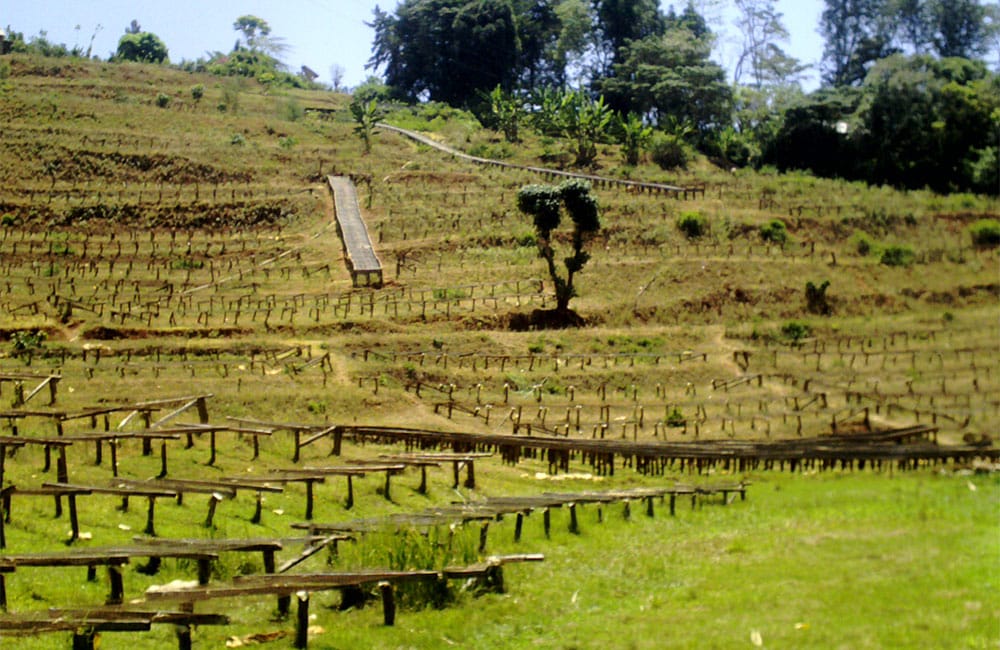
The Kangunu Cooperative is located in the Kangma Kangema area of Muranga, Mulanca County, at an altitude of between 1600 and 1750 meters. There are more than 2,000 coffee cooperatives nearby. All the coffee cherries are harvested and freshly processed on the same day, and the quality of the coffee produced enjoys a high reputation in the local area. In addition, Kangunu cooperatives and producers have been certified by the Rainforest Alliance and will take some environmental measures to reduce the environmental impact of coffee cultivation.
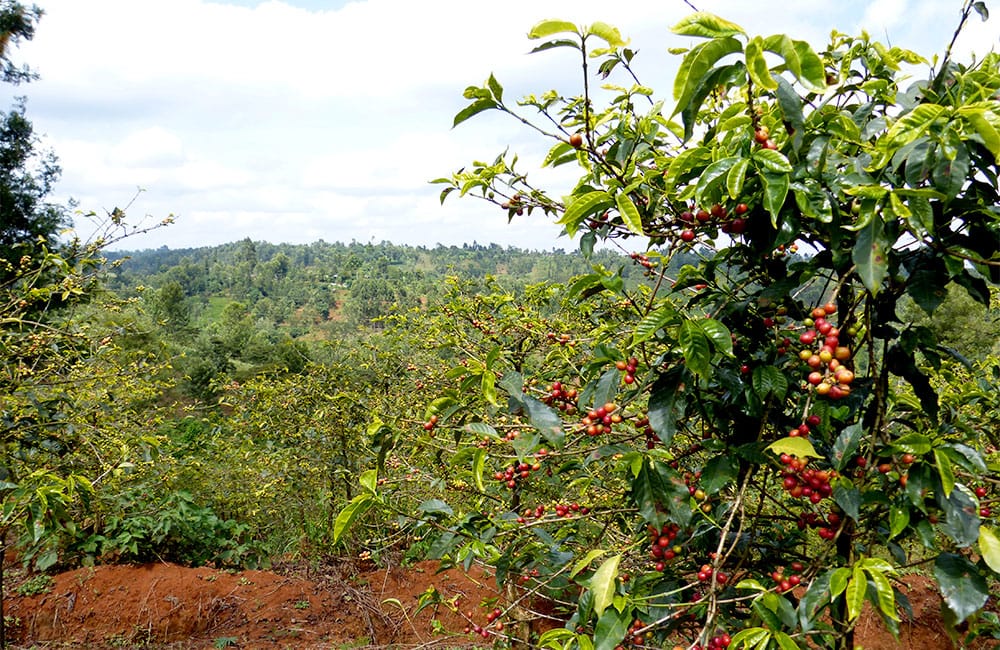
Treatment method
The Kangunu cooperative peels the harvested coffee cherries and soaks them in water, allowing the mucus of the pectin layer to ferment for 24 hours, a process that removes 90 per cent of the pectin. Then enter the second stage of washing, the washed coffee beans continue to soak in the sink for 24-48 hours, and then remove the remaining pectin again. Finally, it takes 5-10 days to dry in the sun on a high bed. This is Kenya's unique 72-hour washing, also known as K72 washing.

Raw coffee beans
The Kangunu cooperative Limpopo coffee beans in front of the street are selected from Kenya's AA grade coffee. AA refers to raw beans with a particle size of 17-18 mesh and strict control over defective beans.
Lin Bobo contains three varieties of coffee, SL28,SL34,Batian.
SL refers to the Scott laboratory in Kenya Scott Laboratories,20 in the 1930s, a large number of coffee berry disease broke out in Kenyan coffee trees, so Scott laboratory was entrusted by the government to cultivate new disease-resistant varieties. Among the research and development achievements, No. 28 and No. 34 have strong disease resistance and outstanding flavor. So farmers began to plant a wide range of two varieties.
Breeding for disease resistance of coffee in Kenya has been going on for many years, and Batian is one of the new varieties developed and released in 2010. Coffee is highly tolerant to disease, so it has a high yield and elegant flavor. In recent years, the cultivation of Batian has become more and more common in Kenya.
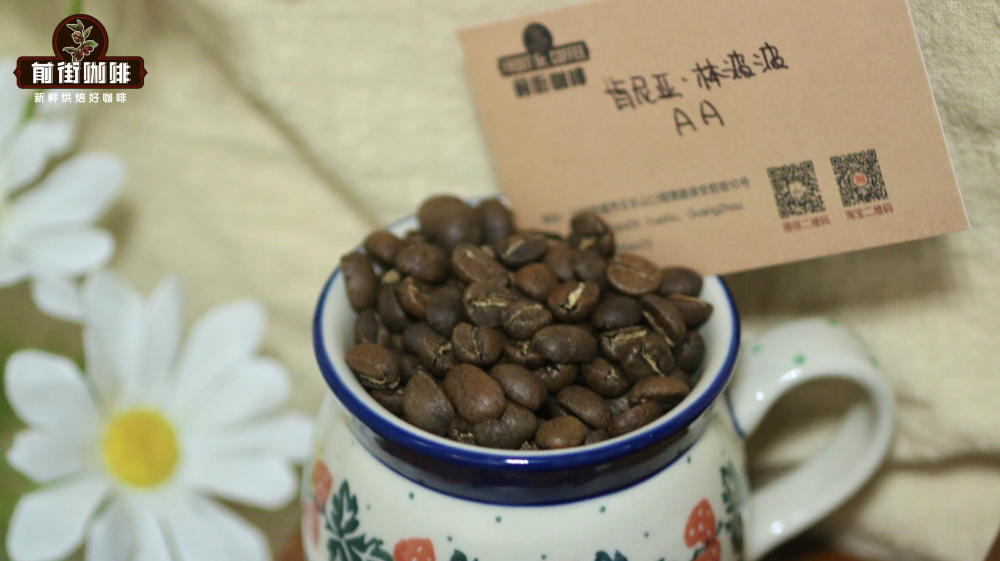
Front street coffee: Kenya Limpopo coffee beans
Producing area: Kangunu Cooperative in Muranga producing area of Kenya
Altitude: 1600-1750 m
Variety: SL28 SL34 Batian
Grade: AA
Treatment: washing
Flavor: dried Hawthorn berries and plums
Cooking reference
This Kenyan coffee is washed and has a unique fruit flavor, and the front street uses light roasting to retain more of the fruit aroma of the coffee. Through the cup test, Qianjie felt that the acidity of this Limpopo coffee was very outstanding, with the acidity of dark fruits such as plums, Hawthorns and Brin, and the high sweetness of dried fruits.
Filter cup: V60 water temperature: 90-91 °C powder quantity: 15g powder-water ratio: 1:15 Grinding degree: fine sugar size (80% sieve with No. 20 sieve)
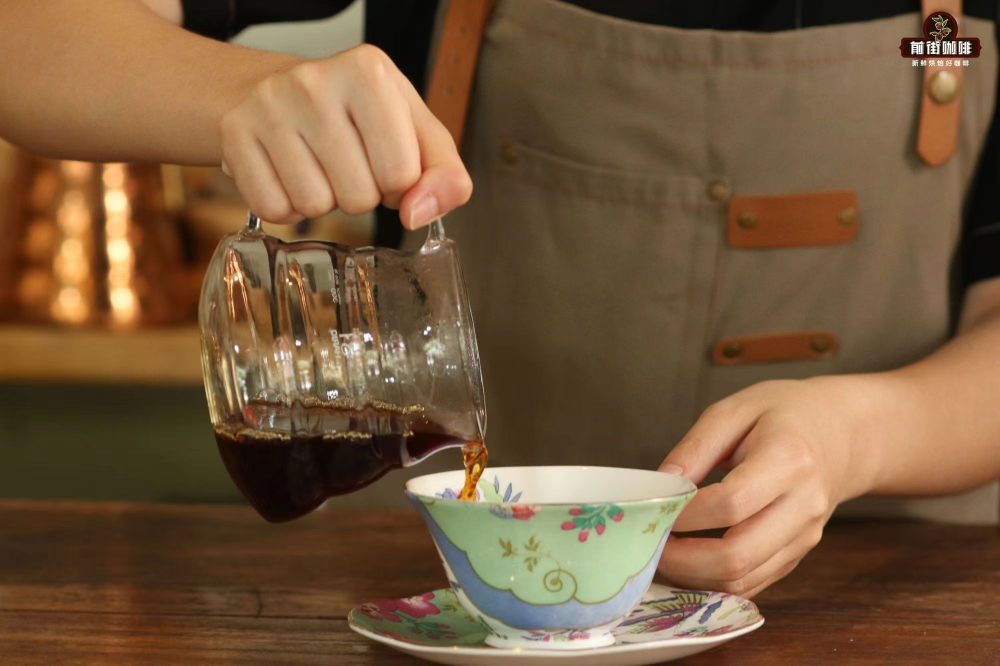
Staged extraction: use 30 grams of water for steaming for 30 seconds, small water flow around the circle to 124 grams for sectional injection, water level drop is about to expose the powder bed, continue water injection to 228 grams to stop water injection, and so the water level drop is about to expose the powder bed to remove the filter cup, (steaming starts timing) the extraction time is 1 kilogram 39th 55 ".
The hand-brewed Limpopo coffee has the acidity of Hawthorn and black brine, the sweetness of dried fruit when the temperature drops, and the taste is solid.
Professional coffee knowledge exchange more coffee bean information please follow the coffee workshop (Wechat official account cafe_style)
For more boutique coffee beans, please add private Qianjie coffee on Wechat. WeChat account: qjcoffeex
Important Notice :
前街咖啡 FrontStreet Coffee has moved to new addredd:
FrontStreet Coffee Address: 315,Donghua East Road,GuangZhou
Tel:020 38364473
- Prev

Description of flavor characteristics of EMBU koli fruit coffee beans in Enbu, Kenya
The Embu production area of EMBU in Kenya is located in EmbuCounty, the city of Embu, Kenya, near Mount Kenya, the largest extinct volcano in the East African Rift Valley. The Embu production area is planted at an altitude of about 1300-1900 meters. The volcanic soil here is fertile, except for the coffee tree.
- Next

Flavor and taste characteristics of Doromo coffee beans in Neri, Kenya
Neri Nyeri Neri Nyeri, located in the middle of Kenya's coffee growing region, is also the most famous coffee producing area. This is the extinct volcano area of Mount MountKenya in Kenya, with a maximum elevation of 2300 meters and a large amount of nutritious red soil, so Kenyan farming is important.
Related
- Guji coffee producing area of Guji, Ethiopia: Humbela, Shakiso, Wulaga
- What is the most expensive variety of Qiloso in BOP multi-variety group?
- How to store the coffee beans bought home?
- Why are Yemeni coffee beans so rare now?
- Ethiopian Sidamo all Red Fruit Sun Sun Santa Vini Coffee beans
- SOE is mostly sour? What does it mean? Is it a single bean? what's the difference between it and Italian blending?
- Is Italian coffee beans suitable for making hand-brewed coffee?
- How to choose coffee beans when making cold coffee? What kind of coffee beans are suitable for making cold coffee?
- Just entered the pit to make coffee, what kind of coffee beans should be chosen?
- Can only Japan buy real Blue Mountain Coffee? What are authentic Jamaican Blue Mountain coffee beans?

